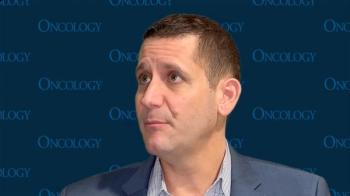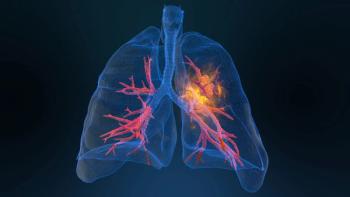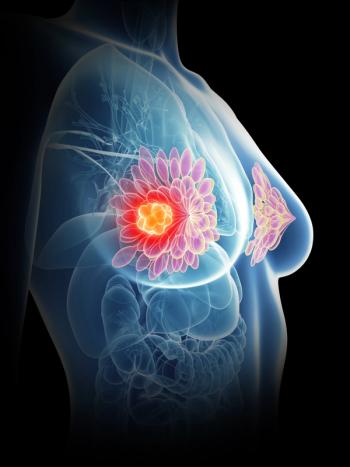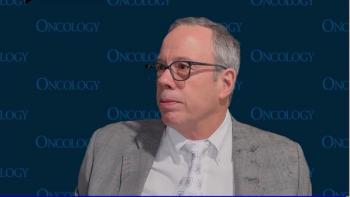
Genetic Test Could Identify Breast Cancer Patients at High Risk of VTE
Stratifying breast cancer patients by chemotherapy and genetic susceptibility, researchers were able to identify patients at high risk of venous thromboembolism.
Researchers in Sweden were able to identify breast cancer patients at high risk of venous thromboembolism (VTE), stratifying patients by chemotherapy and genetic susceptibility using a polygenic risk score that included nine established VTE loci. The results were
In the population-based cohort study, the study authors found that chemotherapy (hazard ratio [HR], 1.98 [95% CI, 1.40–2.80]) and a polygenic risk score in the top 5% (HR, 1.90 [95% CI, 1.24–2.91]) independently influenced risk of VTE.
“The incidence of VTE varies considerably among breast cancer patients and is particularly high shortly after diagnosis during chemotherapy treatment,” wrote study authors led by Judith S. Brand, PhD, of the department of medical epidemiology and biostatistics at the Karolinska Institutet in Stockholm. “Routine thromboprophylaxis is not recommended in patients receiving chemotherapy, but expert consensus statements encourage an individualized approach to identify high-risk patients who could potentially benefit from thromboprophylactic measures.”
The authors analyzed a population of 4,261 women (median age, 58.1 years) diagnosed with invasive breast cancer between 2001 and 2008 in Stockholm. Patients were followed until 2012.
VTE occurred in 276 patients during follow-up (median, 7.6 years). The cumulative incidence was 9.5% in patients who carried both risk factors compared with 1.3% among patients who did not have either of these risk factors (P < .001).
Patients 60 years or older who carried both risk factors had an even higher VTE risk (1-year cumulative incidence of 25%).
Even though VTE occurs in about 1% to 2% of breast cancer, the number of patients affected is high because of the high incidence rate of breast cancer. VTE appears to be partially dictated by genetics; family history increases the risk by about twofold.
According to Brand, chemotherapy and genetic susceptibility along with other clinical risk factors and biomarkers will help guide future study to further evaluate the risk of VTE in cancer patients and guide appropriate prophylaxis. Larger studies are needed to better understand the precise risk estimates of VTE in breast cancer patients.
Newsletter
Stay up to date on recent advances in the multidisciplinary approach to cancer.

















































































